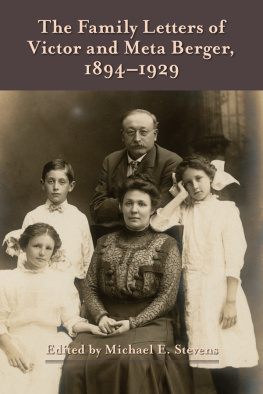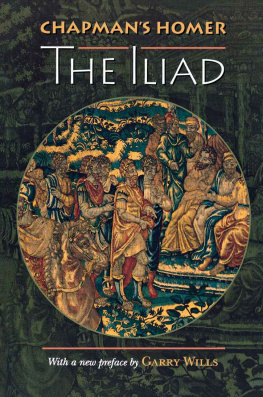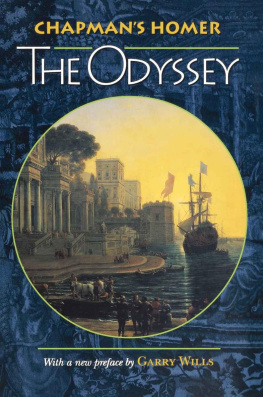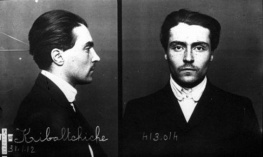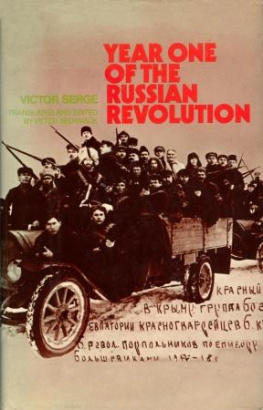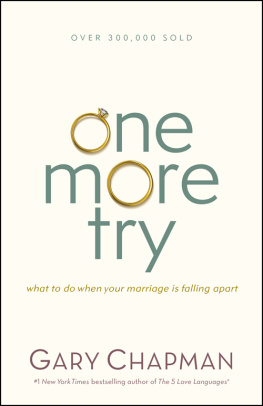This edition is published by PICKLE PARTNERS PUBLISHING www.picklepartnerspublishing.com
To join our mailing list for new titles or for issues with our books contact@picklepartnerspublishing.com
Text originally published in 1917 under the same title.
Pickle Partners Publishing 2013, all rights reserved. No part of this publication may be reproduced, stored in a retrieval system or transmitted by any means, electrical, mechanical or otherwise without the written permission of the copyright holder.
Publishers Note
Although in most cases we have retained the Authors original spelling and grammar to authentically reproduce the work of the Author and the original intent of such material, some additional notes and clarifications have been added for the modern readers benefit.
We have also made every effort to include all maps and illustrations of the original edition the limitations of formatting do not allow of including larger maps, we will upload as many of these maps as possible.
VICTOR CHAPMAN S LETTERS
FROM FRANCE
WITH MEMOIR
BY JOHN J. CHAPMAN
DEDICATION
Great-hearted, loyal, reckless for a friend;
Not counting risks, cool handed, clear of sight,
He gave himself to serve a lofty end,
And, like an eagle soaring in the light,
On wings unruffled by the winds chance breath
He sought, and seeks his goal with steadfast flight,
Victor, indeed, in name, in life, in death!
John Heard, Jr.
Dedicated to William Astor Chanler and August G, Jaccaci in Gratitude for their goodness to my son. J.J.C.
MEMOIR
VICTOR EMMANUEL CHAPMAN, a member of the Franco-American Aviation Corps, was killed at Verdun on June 23, 1916, and fell within the German lines. He was in his twenty-seventh year; was born in New York, spent two years at the Fay School, went for several years to St. Pauls School, Concord, lived abroad for a year in France and Germany. On his return, he spent a year at the Stone School in Boston and then went to Harvard, where he graduated in 1913; immediately after graduation he went to Paris and studied architecture for one year in the atelier of M. Gromort, in preparation for admission to the Beaux Arts. This made him a Beaux Art student,for the ateliers are a part of the school,and thus it came about that in 1914 he joined the Foreign Legion.
Victor spent a year in the trenches at a point in the lines where there were no attacks, but where inaction and the continual sniping severely tried the nerves. Kohn, an accomplished Polish mathematician, was shot, as he and Victor were leaning over the talus. He died in Victors arms. For over one hundred consecutive days Victor was in the front trenches as aide-chargeur to a mitrail. He was slightly wounded once, and one half of his squadron were either killed or seriously hurt. In September, 1915, he was transferred to the Aviation Corps. He served a short time as a bomb-dropper to aviators and was then sent to learn to fly at the instruction camps. He received his flying papers as Pilot in the following February.
The organization of the Franco-American Flying Corps was perfected at about this time, and Victor went to the front as pilot in company with Norman Prince, Elliott Cowden, William K. Thaw, Kiffin Rockwell, Bert Hall, James McConnell and others.
The history of the Franco-American Aviation Corps must be sought elsewhere; but the mention of it compels a word of admiration for its creator, Norman Prince. Prince was as brilliant as an organizer as he was as a fighter, and the patience of himself and the other young Americans who persisted in their idea of offering to the French Government an American Flying Corps, when they could, with much greater ease have gathered laurels for themselves in the French service, will in the future be recognized by our country as stamped with true patriotism. They clung through thick and thin to their idea of an American unit, and at last their offer was accepted. By this course they brought the name of America into honor and bound their glory on their countrys brows.
Victors mother was so remarkable a woman and so like him in many ways,she was so much the author of the heroic atmosphere, a sort of poetic aloofness that hung about him and suggested early death in some heroic form,that to leave her out in any account of him would be to leave out part of himself. Her name was Minna Timmins, and her mother was an Italian, a Milanese lady who married a rich American and lived with him in Milan in the Sixties, during which time five children were born, of whom Minna was the eldest daughter. My knowledge of the early surroundings of their family depends naturally upon hearsay and tradition. They seem to have had everything handsome about them. They had Opera boxes, horses and carriages, menservants, fine linen and cut glass, and a silver tray four feet across which was brought into the drawing-room ready set and covered with urns, teapots and sugar bowls, being borne up by two staggering menservants,to the vast satisfaction of Milan. The children lived in the mezzanine, and were packed into small rooms and allowed to appear upon show occasions. They were much left to servants, and they huddled together with fear when they heard the terrible ringing of their mothers hand-bell, summoning one servant after another to receive peremptory orders. The hand-bell signified that a tempest was raging, and tempests were frequent; for the mother (Victors grandmother) was a demon of natural force with a will and temperament such as Italy sometimes produces, and a temper that was under no control. The swarm of young semi-Italians was neglected, from the point of view of American standards; and yet neglect was its advantage. The elder sister became the little mother of the brood, and her character and wits were thereby developed beyond her years. Now, all this while, there was living in America, a wedded, rich and childless sister of Mr. Timmins, and upon his death, which occurred early and suddenly, it was found that this aunt and her husband, Mr. Martin Brimmer of Boston, had agreed to take the children, or some of them, to America. They arrived in several consignments during several years, and were sent to American schools,all except the oldest boy, the mothers pet, who remained in Italy. Minna, a swarthy, fiery, large-eyed girl, who looked like the younger sybil of Michael Angelo, was sent with a sister to St. Agnes School at Albany. She would have been like an eagle in a barnyard anywhere, and remained to the end of her life, which occurred when Victor was six years old, a classic figure, athletic, sweeping and impulsive. She walked with her head in the clouds and her feet at the bottom of the sea. She read constantly and wrote diaries, letters, memoranda, abstracts of books and notes on lectures. She followed philosophical courses and made metaphysical studies down to the end of her life. I think there must he twenty note-books of every size and shape among her papers, crammed with musings, rhapsodies and dates. Her reading was miscellaneous, voracious and disordered; and her memoranda were like the leaves blown about the Cumean cavern by the winds of inspiration.






